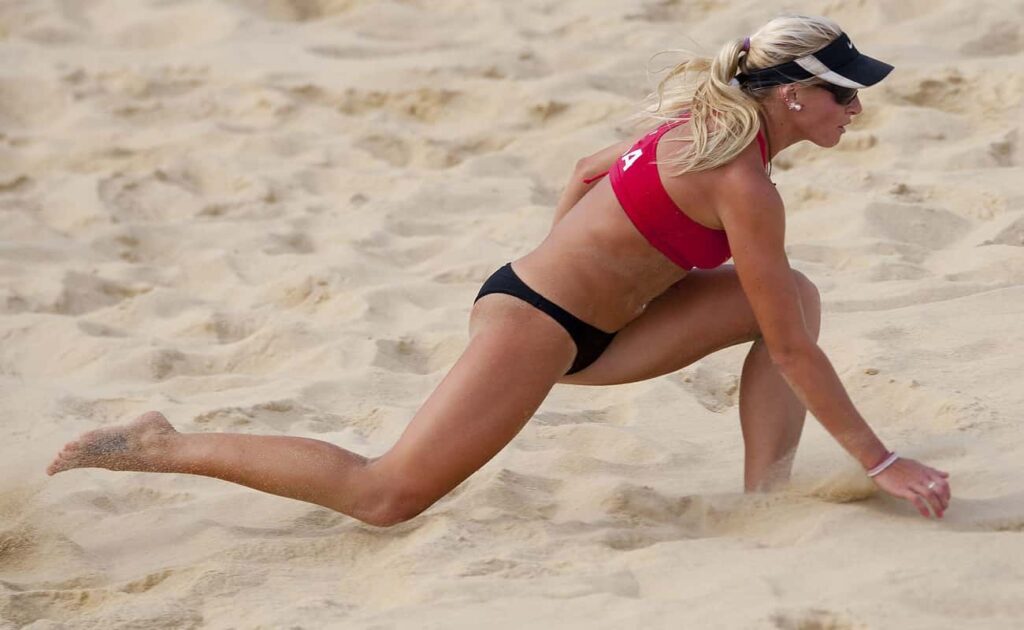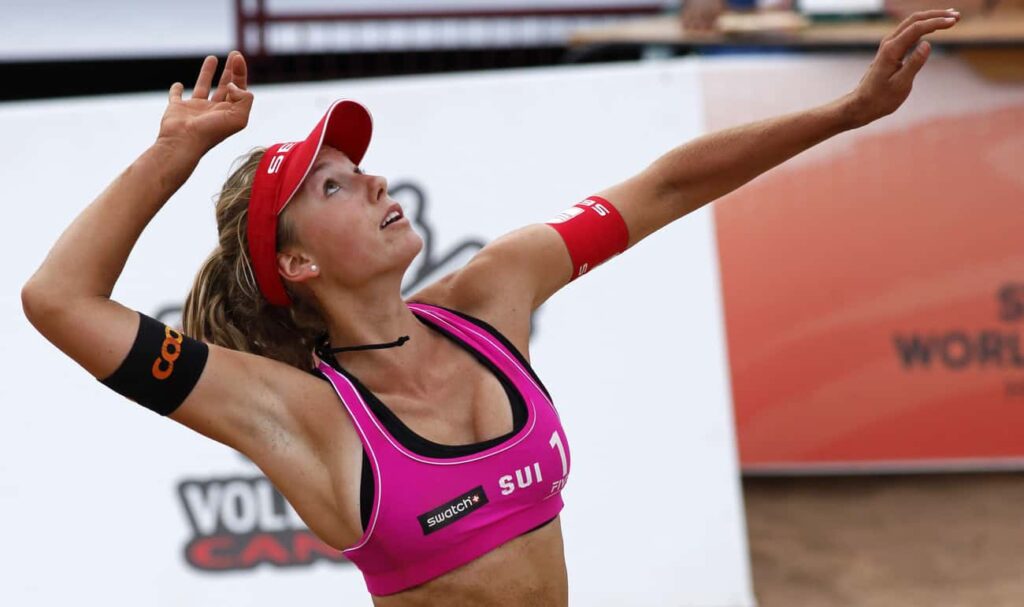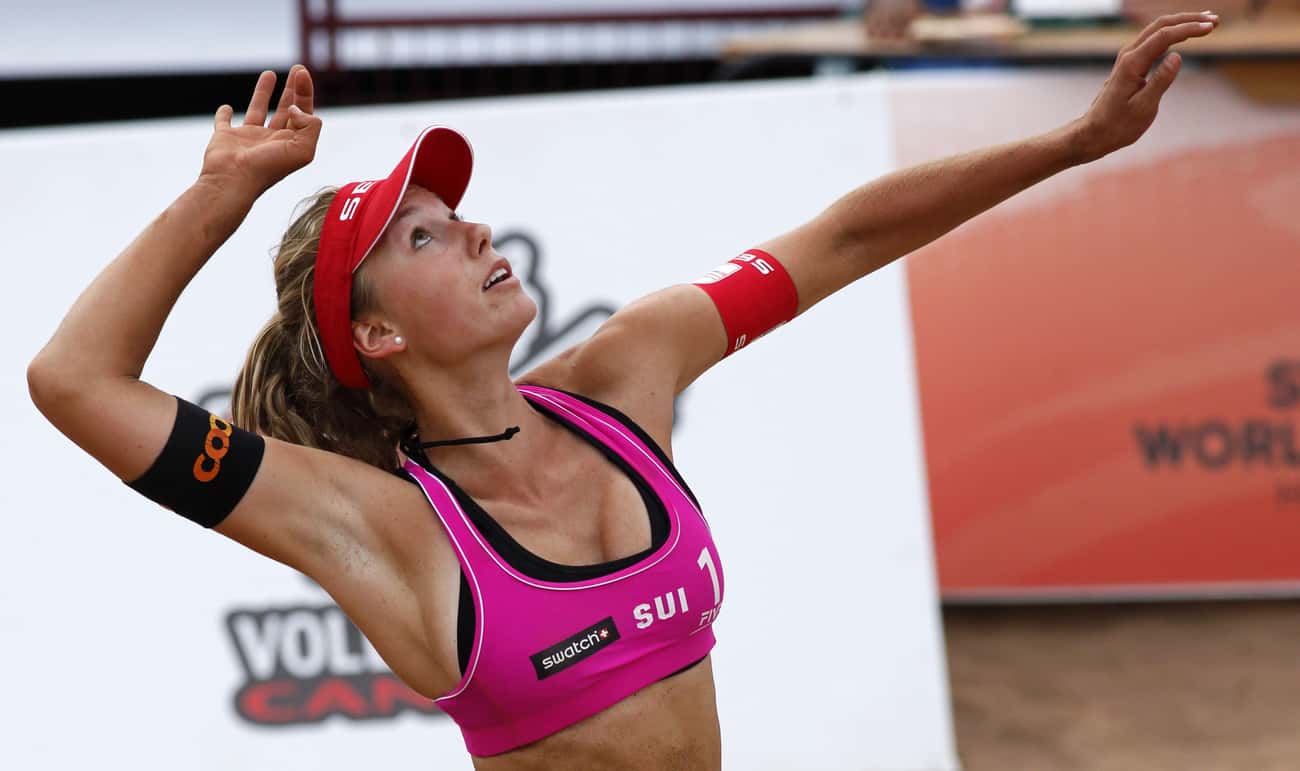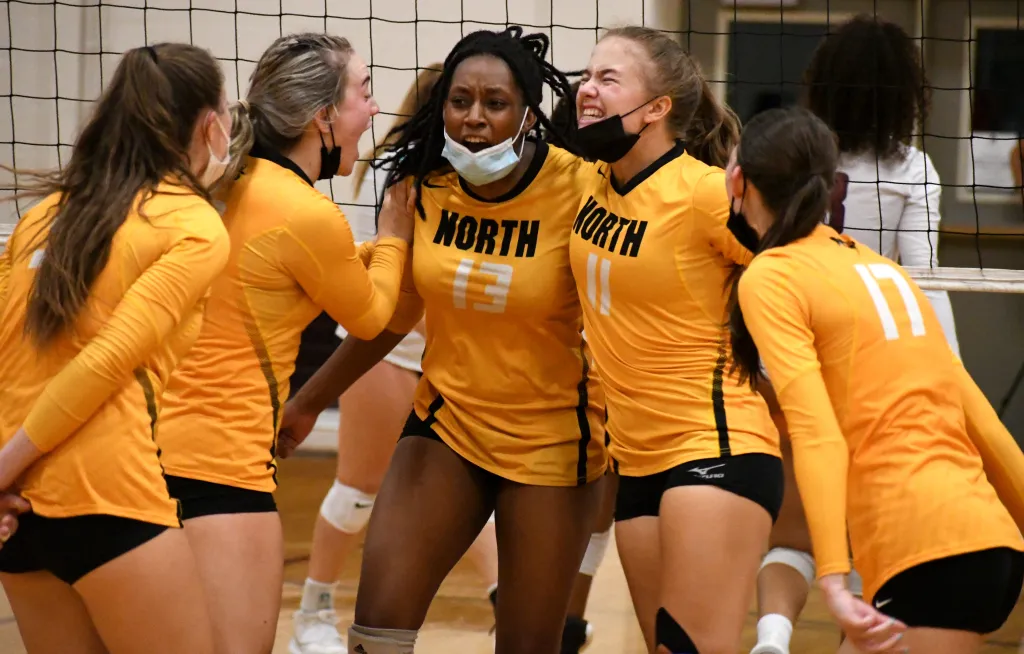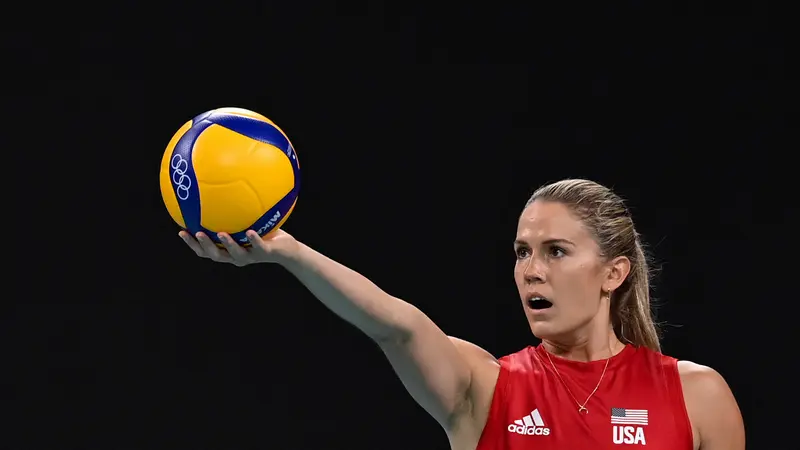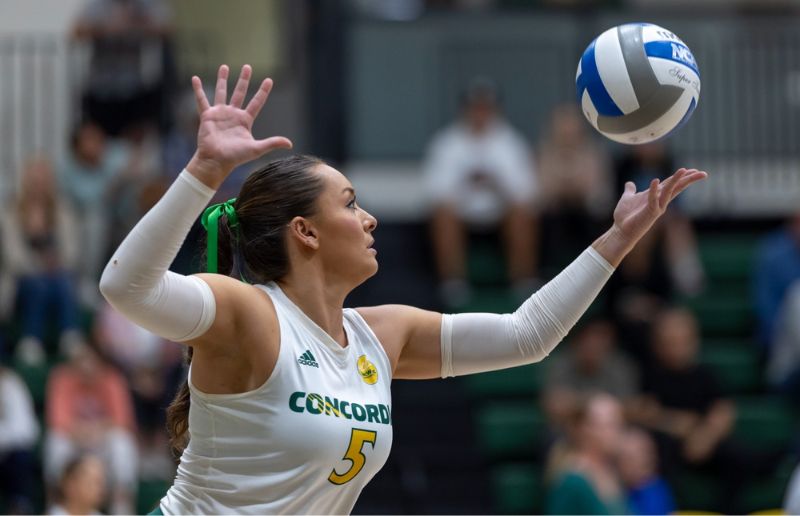Beach volleyball, a dynamic and exhilarating sport, has gained significant popularity worldwide. Originating from California in the 1920s, this variant of volleyball quickly captivated enthusiasts with its unique setting and fast-paced gameplay.
Understanding the Basics
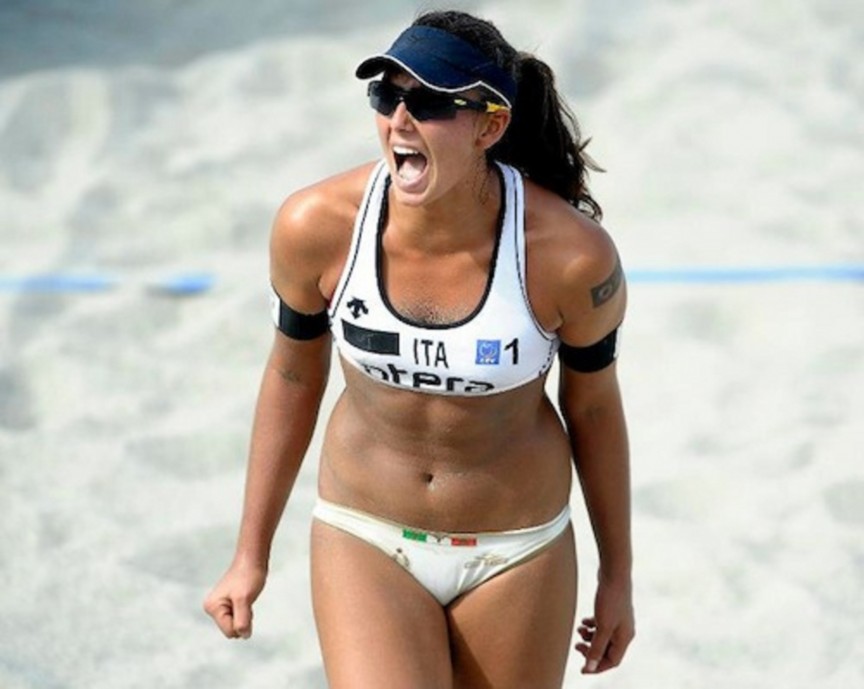
Court Setup
Beach volleyball is typically played on a rectangular court measuring 16m x 8m, divided by a net set at a height of 2.43m for men and 2.24m for women. Understanding the court’s dimensions and net height is crucial for players to strategize effectively.
Equipment
Minimalistic equipment is required for beach volleyball, including a volleyball and appropriate attire for players. Unlike indoor volleyball, players usually compete barefoot to enhance traction on the sand.
Scoring System
Beach volleyball employs the rally scoring system, where points are awarded on every serve, irrespective of which team served. Matches are typically best-of-three sets, with each set played to 21 points (with a two-point lead) or until one team reaches 15 points in the third set.
See also: The Evolution of Beach Volleyball
Mastering Techniques
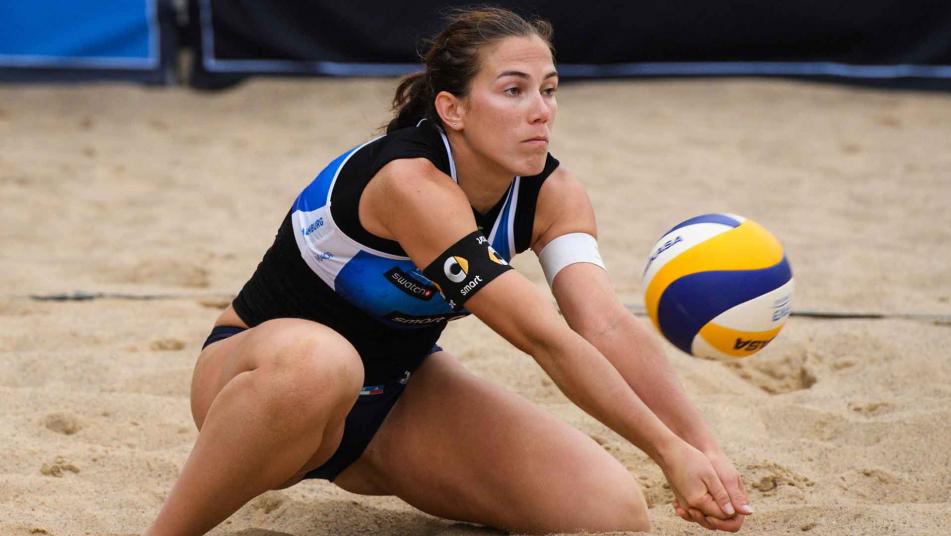
Serving
Serving in beach volleyball offers a strategic advantage. Players can opt for various serves, including the float serve, jump serve, and topspin serve. Mastering different serving techniques is essential for keeping opponents off-balance and gaining control of the game.
Passing and Setting
Accurate passing and setting lay the groundwork for successful attacks. Players must focus on maintaining a stable platform when passing and setting to ensure precise ball placement for their teammates.
Attacking
Attacking, also known as spiking, is the primary offensive maneuver in beach volleyball. Players employ a variety of hitting techniques, including the cut shot, line shot, and roll shot, to outmaneuver opposing defenders and score points.
See also: How many players are in women’s volleyball?
Tactical Strategies
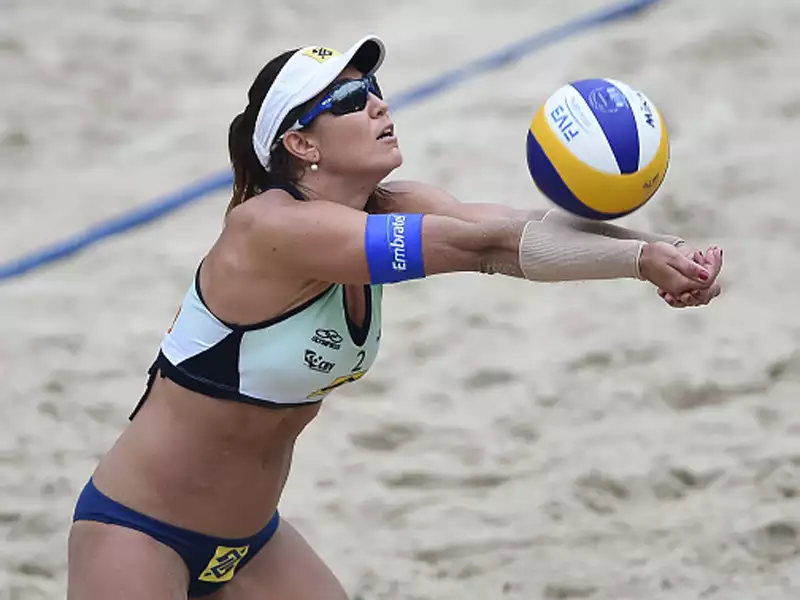
Communication
Effective communication between teammates is paramount in beach volleyball. Clear and concise verbal cues, along with non-verbal signals, facilitate seamless coordination and enhance team synergy during matches.
Positioning
Strategic positioning on the court enables players to cover specific areas efficiently and anticipate opponents’ moves. Understanding defensive and offensive positioning is crucial for maximizing defensive coverage and exploiting scoring opportunities.
Adaptability
Adaptability is key in beach volleyball, as players must adjust their strategies based on changing game dynamics and opponents’ tactics. Flexibility and quick decision-making are essential qualities for thriving in competitive beach volleyball environments.
See also: 8 Skills YOU Need to Be a Successful Volleyball Player
Fitness and Conditioning
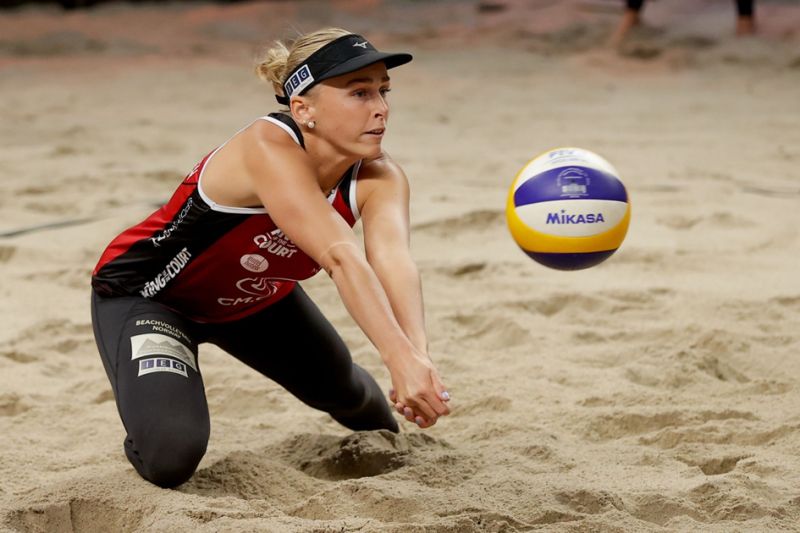
Beach volleyball demands a high level of physical fitness and conditioning. Endurance, agility, and explosive power are vital attributes that contribute to sustained performance and resilience throughout intense matches.
See also: Workout Routine for Volleyball Players
Conclusion
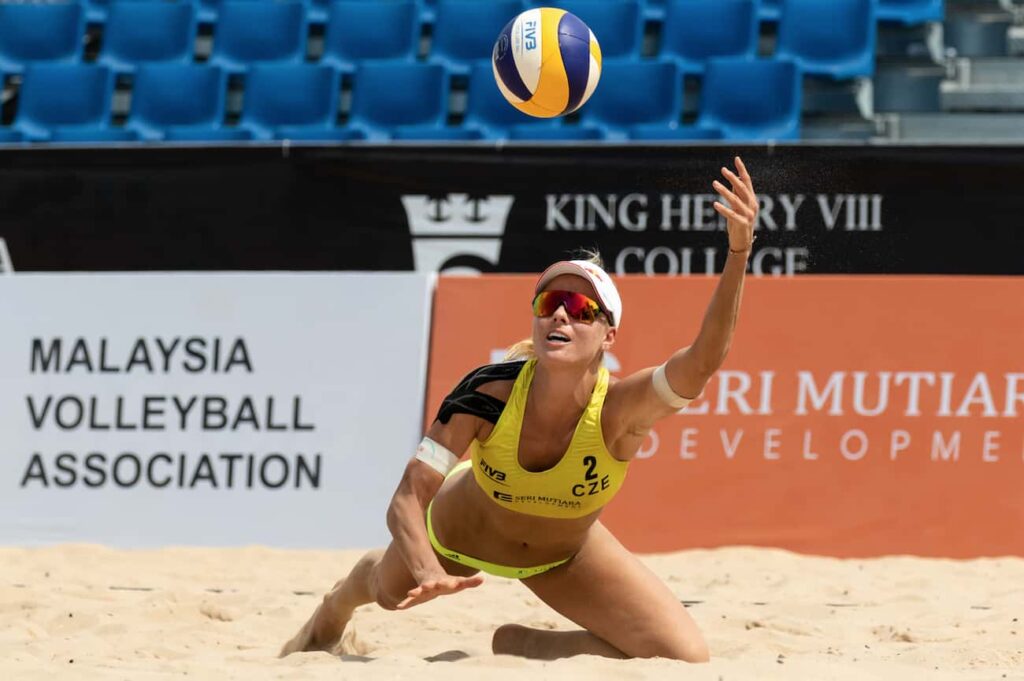
Mastering beach volleyball requires a combination of technical proficiency, tactical acumen, and physical conditioning. By honing fundamental skills, implementing strategic approaches, and maintaining peak fitness levels, players can elevate their game and excel in the dynamic world of beach volleyball.
